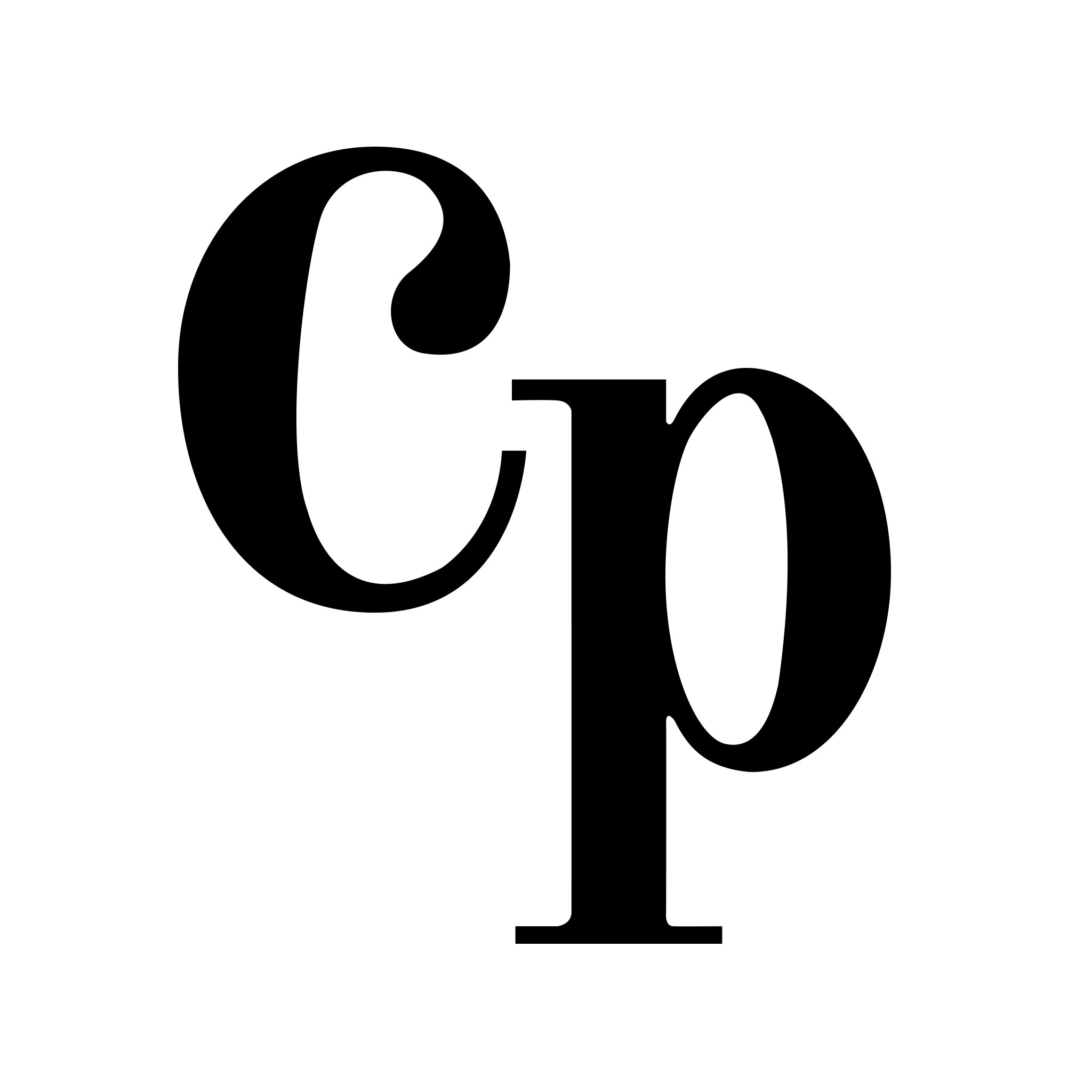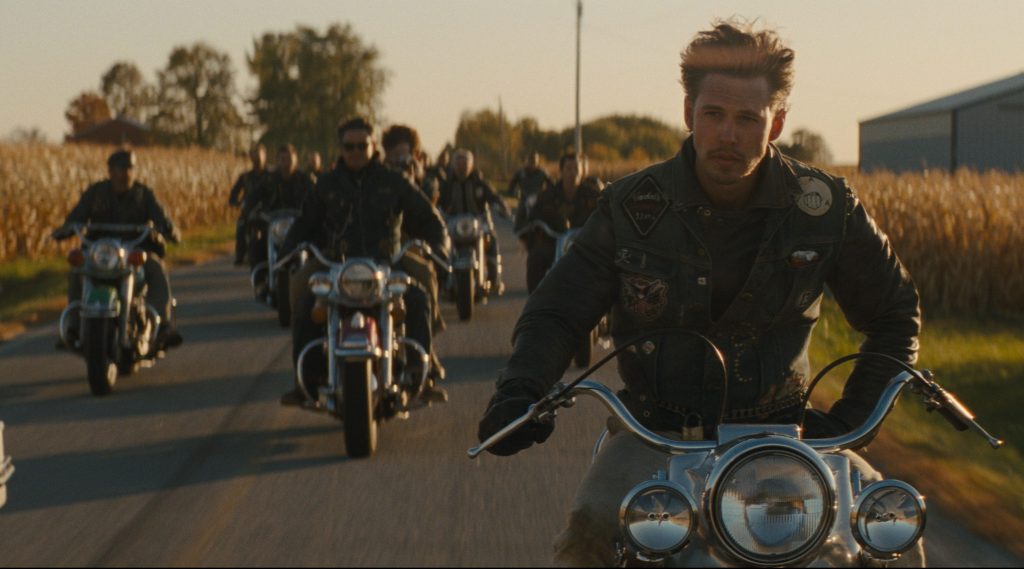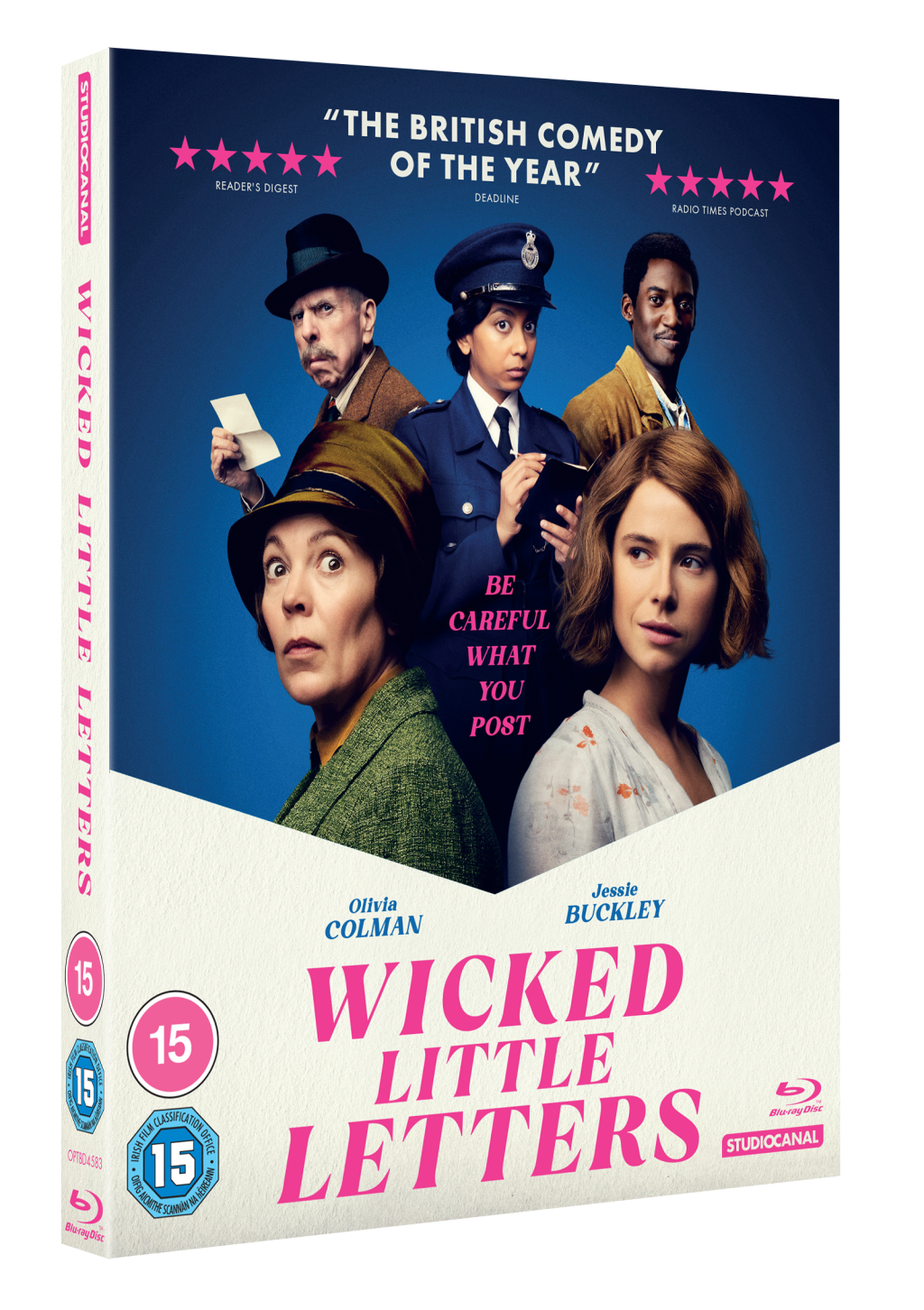The Cat And The Canary is one of the most quietly influential horror films of early cinema. It’s one of the first Universal horror films, and one of the first American Gothic films. While not the first example of either, it’s also a definite antecedent of both the haunted house sub-genre and the horror comedy. In fact the film essentially sets the template for pretty much every episode of Scooby Doo.
Twenty years after the death of eccentric, possibly insane millionaire Cyrus West, his family are summoned to his huge, creepy mansion to hear the reading of his will. As the family gather, it’s revealed that West’s entire estate has been bequeathed to his unassuming niece Annabelle (Laura La Plante). However, there is a catch. In order to receive her inheritance, she must prove that she is legally sane; something that is immediately put to the test by a series of uncanny encounters in the house, and the news of an escaped murderer called The Cat who has been seen lurking in the vicinity.

Director Paul Leni was one of the most prolific exponents of German Expressionism, and he brought this aesthetic with him to Hollywood with this, his first American production, where he mixed his expressionist aesthetic with a mischievous sense of humour that appealed to the sensibilities of Universal boss Carl Laemmle. It’s here in Leni’s symbolic use of framing, in the double exposure, superimposition, depth of field, and the incredibly striking use of lighting and shadows. Leni’s roots are apparent throughout the film, with a mad doctor straight out of The Cabinet Of Dr Caligari and the sight of a clutching hand that recalling a near identical shot from Nosferatu. The expressionist style is present from the very first shot of the film, in an ambitious shot where the dying Cyrus has visions of being surrounded by giant black cats.
I’d previously only seen the Bob Hope / Paulette Goddard version of the film, directed by William Nugent. Both films have their strengths, and are very similar in terms of set design and characterisation, and feature a vivid, Gothic atmosphere. Both films have a playful sense of humour, but Nugent’s film relies much more on the charisma and screen presence of the likes of Hope, Douglass Montgomery and Gale Sondergaard. The humour in Nugent’s film is largely in wordplay, while the comedy in Leni’s lies largely in slapstick and visual elements. Similarly, much of the stylistic flourishes from the remake are lifted wholesale from Leni’s film, such as a sinister hand emerging from a secret panel. By contrast, Leni’s film is positively bursting with creativity from the opening titles, where a gloved hand wipes dust off the title card.
Both main characters are products of their time, for better or worse. Laura La Plante is the ingenue lead, and she is perfectly fine if a little unmemorable. As Paul, the plucky hero / comic relief, Creighton Hale essentially plays a version of Harold Lloyd, complete with glasses and cowslick. Hale gives a nicely judged, hapless performance, and makes a marked change from the lantern jawed hero you might expect. Leni still plays with his audience though, in one particularly creepy shot of Paul, his glasses reflecting the light, lending him a sinister quality, however briefly.

In the supporting roles, Martha Mattox is wonderfully sinister as the moody housekeeper, Tully Marshall is an angular, arch, John Carradine-like lawyer, and Forrest Stanley is particularly impressive as the charming Charlie. My favourite though, is Gertrude Astor, who gives the most interesting, likeable performance in the film, as the naive, wide-eyed socialite. It’s perhaps telling that when watching the film I found myself paying more attention to the ancillary characters than the two leads, but it speaks to how well Leni developed the film that every member of the cast gets their moment to shine.
From a production point of view, the film is meticulously constructed. The camerawork is incredibly evocative and dynamic, and the result is a film that is both of it’s time, but with a vital, modern sensibility. Leni makes use of handheld camera, ambitious crane shots, and close-ups to create a truly gothic feel. In particular it anticipates the use of shadows in Vampyr and Bram Stoker’s Dracula, with long stretched shadows that often seem removed from their owners. The way Leni uses close-ups is also genuinely menacing, as the killer looms at the camera, and the audience.
The mystery itself isn’t all that mystifying, but the pleasure comes from the execution. It’s not apparent for the film’s first three quarters that there even is a mystery to solve, and the way the climactic fight is shot in such a playful way means that even when the identity of the killer is narrowed down to two, the way Leni obscures the faces of his characters makes the reveal a surprise.

The Cat And The Canary is a pretty unassuming film, but it proved a key influence on the formative years of horror cinema in Hollywood, especially in James Whale’s The Old Dark House, but also in the classic Universal horror films like Tod Browning’s Dracula, and it’s not too much of a stretch to suggest that it’s influence can be felt in films as far removed as Dario Argento’s Suspiria and Halloween. It’s very much a film caught between two iconic worlds, and it’s impossible to watch without that thought in mind. At once a holdover from German Expressionism and a precursor to the classic Universal horror movies, it has a unique position in horror cinema history. It might not be Leni’s best film (His masterpiece, The Man Who Laughs, was a few years away) but it remains an eerie pleasure from start to finish.
Special Features
The extras include two new commentaries, one from author Stephen Jones and author / critic Kim Newman, and one from Kevin Lyons and Jonathan Rigby. There is also a new interview from writer and film critic Pamela Hutchinson – I adored her commentary on Pandora’s Box and her appreciation for this film is just as engaging and informative. Also included are Mysteries Mean Dark Corners – brand new video essay by David Cairns & Fiona Watson; a brand new interview with film critic Phuong Le; extracts from John Willard’s original play, A Very Eccentric Man & Yeah, a Cat! And finally an endorsement from the director himself for Lucky Strike!









![Crimson Peak Limited Edition 4K UHD review: Dir. Guillermo del Toro [Arrow Video]](https://criticalpopcorn.files.wordpress.com/2024/04/crimson-peak-4k-arrow-video-highdef-digest-full.jpg?w=1024)



Post your thoughts